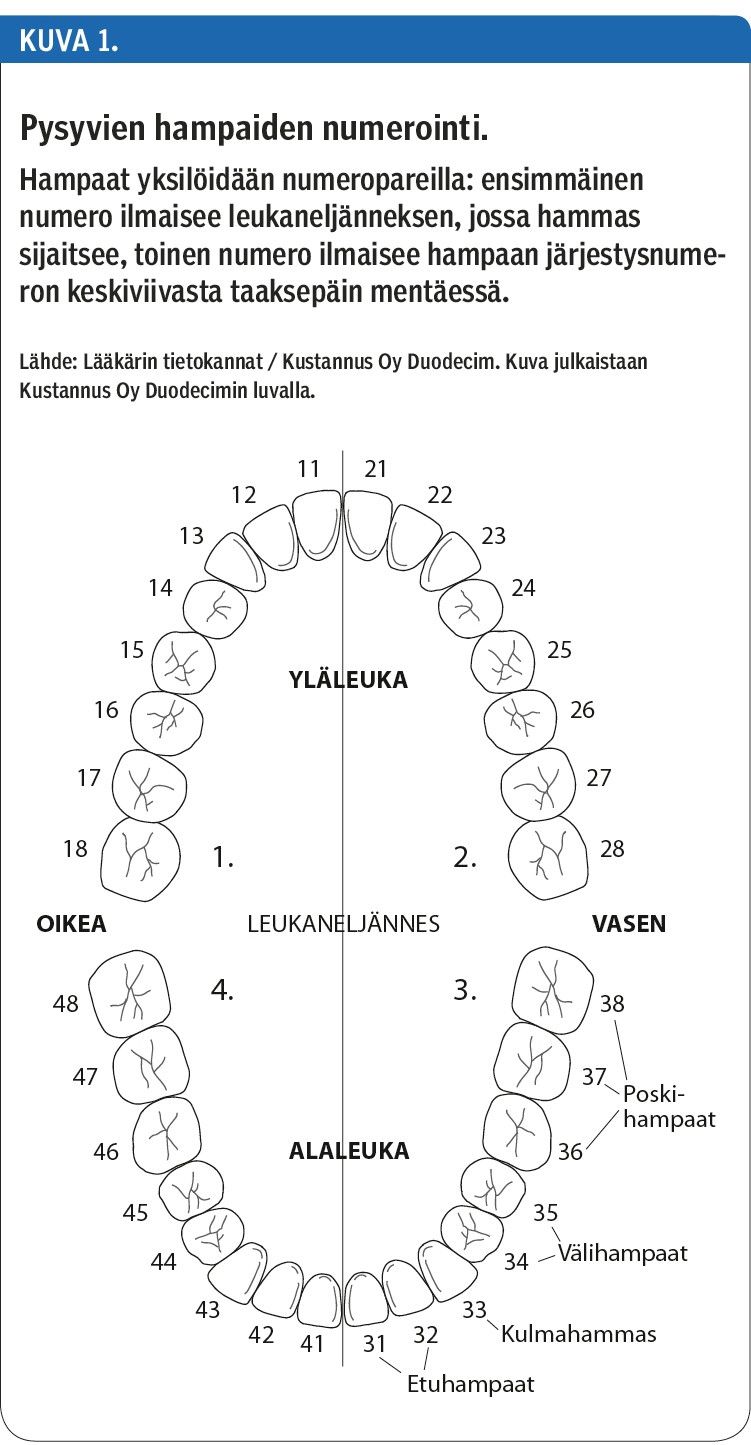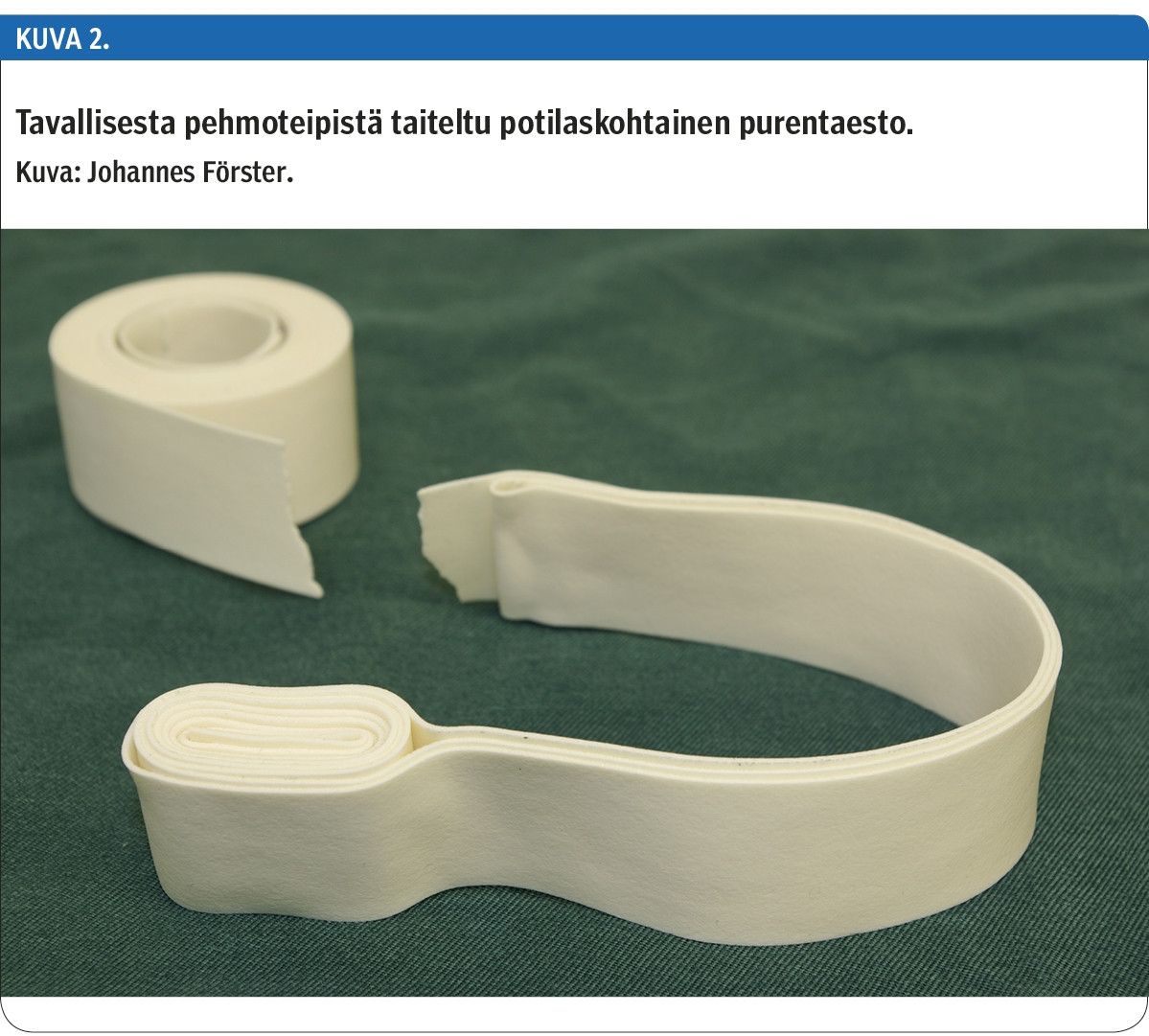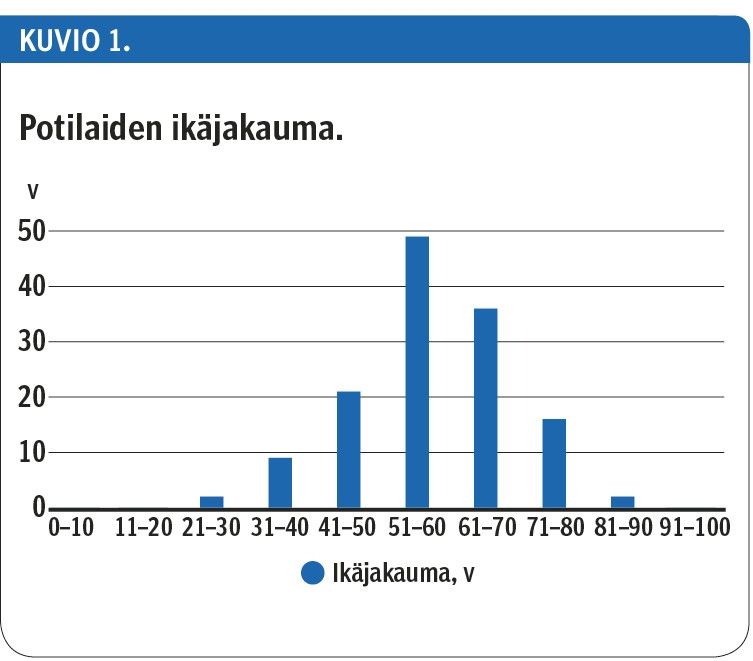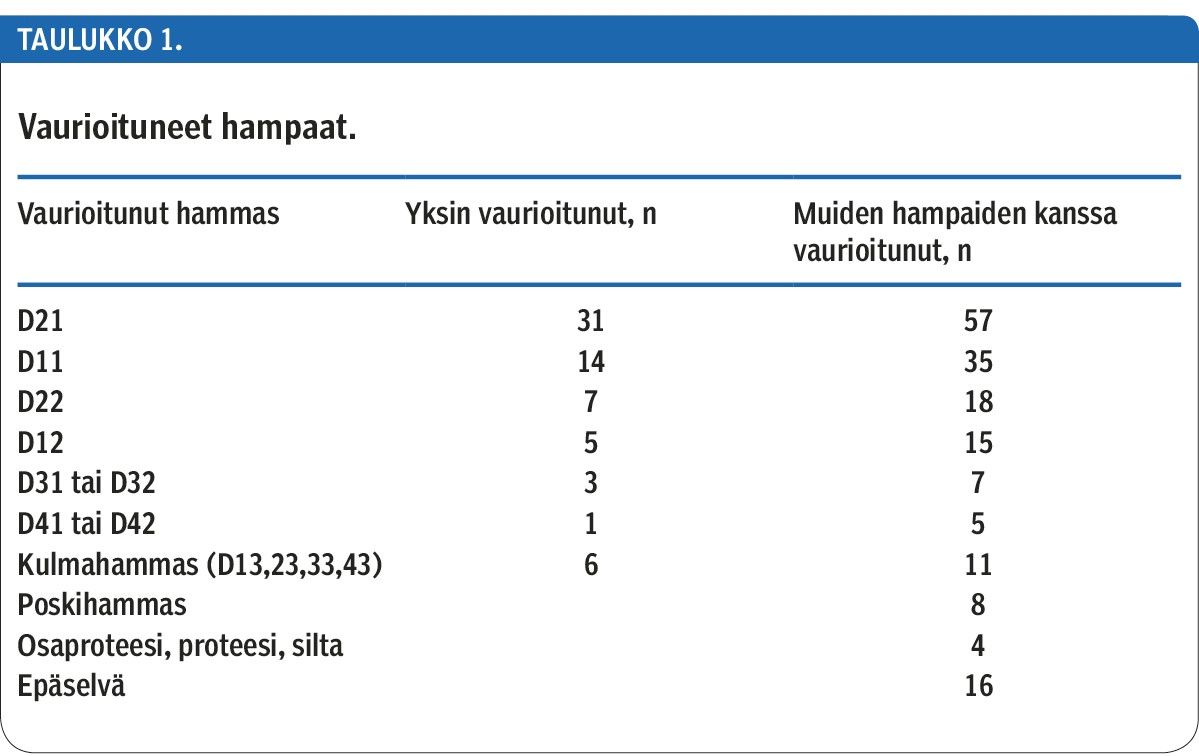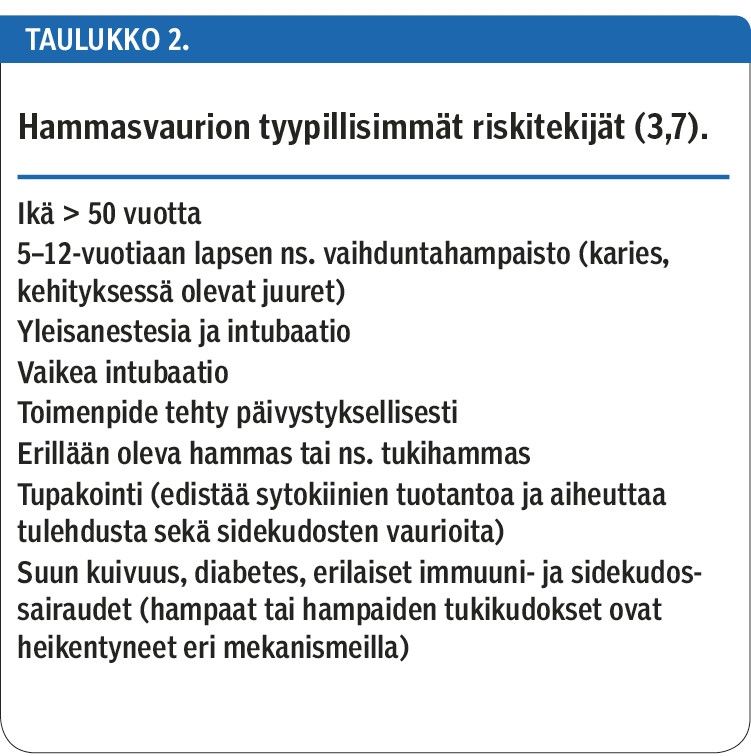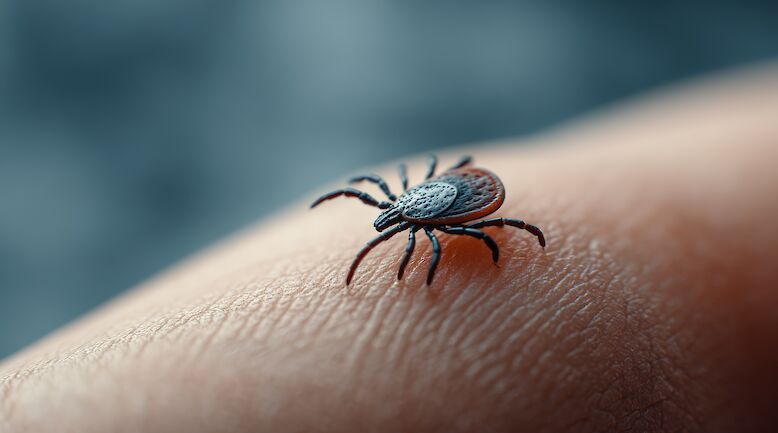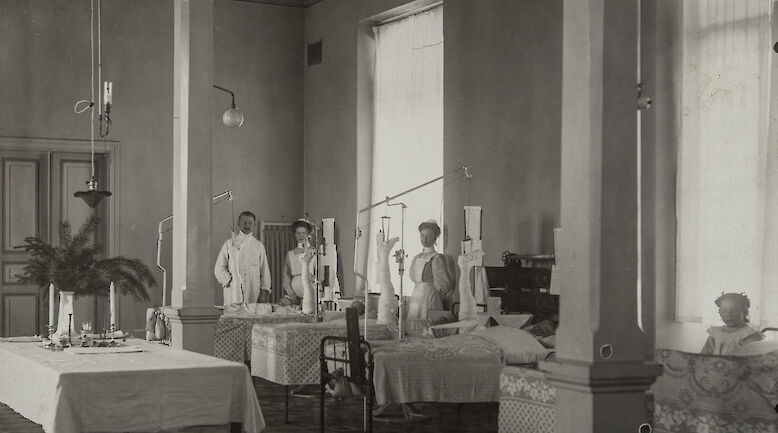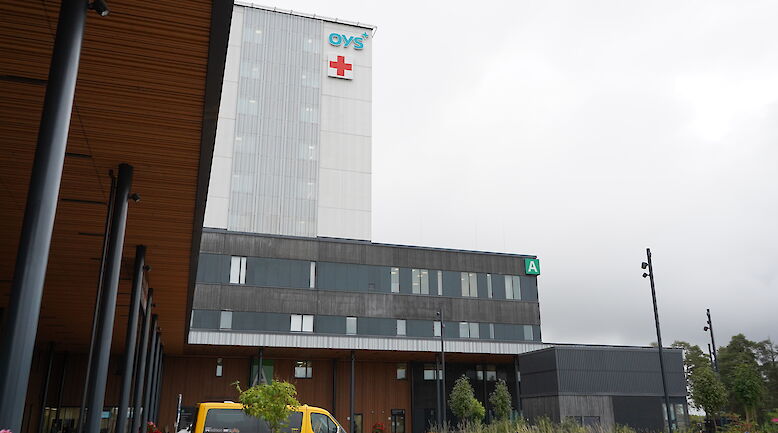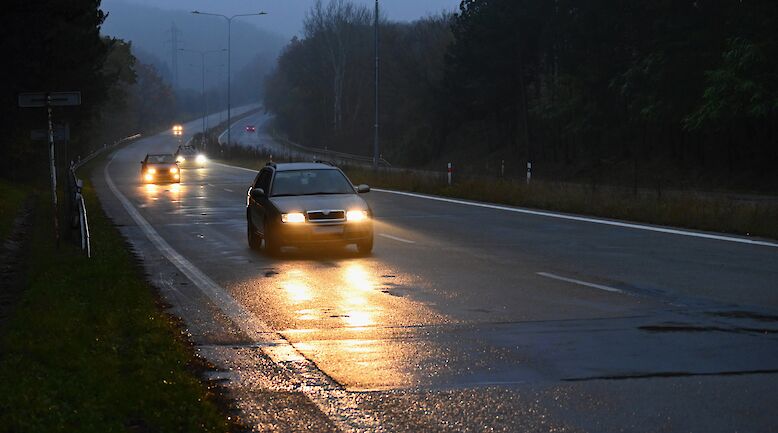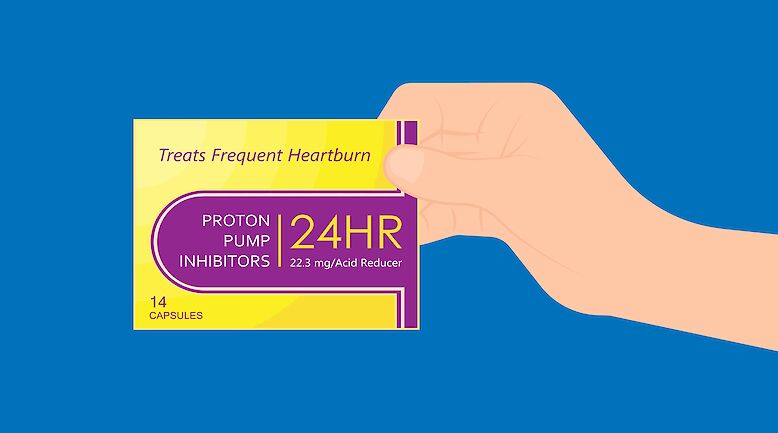Dental damage during anaesthesia and resuscitation – A closed claims analysis 2000–2013

Background
Dental injuries are one of the most common complications during the conduct of anaesthesia, tracheal intubation and resuscitation. Weak and previously treated teeth are particularly prone to damage. With these problems in mind, the present study aimed to depict the status quo in Finland and to suggest practical precautionary measures as well as providing advice on how to act in the case of dental injury.
Methods
The multidisciplinary author team retrospectively analysed all relevant claims closed by the Finnish Patient Insurance Centre (PIC) in the period 2000–2013. The PIC handles all personal injuries that occur in connection with healthcare activities in Finland on the basis of a no-fault compensation system. Additionally, the authors compiled guidance for clinical practice based on contemporary literature.
Results
In the years under consideration, 137 closed claims related to dental injury and anaesthesia and tracheal intubation occurred. Patients (three-quarters > 50 years, body mass index (SD) 28 (6.1) kg/m2) had undergone some kind of surgery (83%), received tracheal intubation because of a medical emergency (7%) or undergone another procedure (e.g. cardioversion). Of all cases, 66% were related to laryngoscopy and intubation, almost 20% to the use of an oropharyngeal or a laryngeal mask airway. Difficult intubation conditions were identified as one main risk factor for dental injury; on the other hand, the practitioner’s experience did not seem to play a distinct role. Only 7% of the injuries happened to formerly healthy teeth. Just four patients (2.9%) received compensation from the PCI.
Conclusions
Already weakened teeth and intubation are risk factors for dental damage. In order to assure the medico-legal rights of both the patient and the health care provider, it is crucial to document the dental status properly. The Finnish PCI rarely approves compensation for dental damage which occurs during anaesthesia. The recently introduced technique of videolaryngoscopy may reduce the incidence and gravity of dental injuries in the future. In the case of dental damage, swift and appropriate action can help to save the injured teeth.
